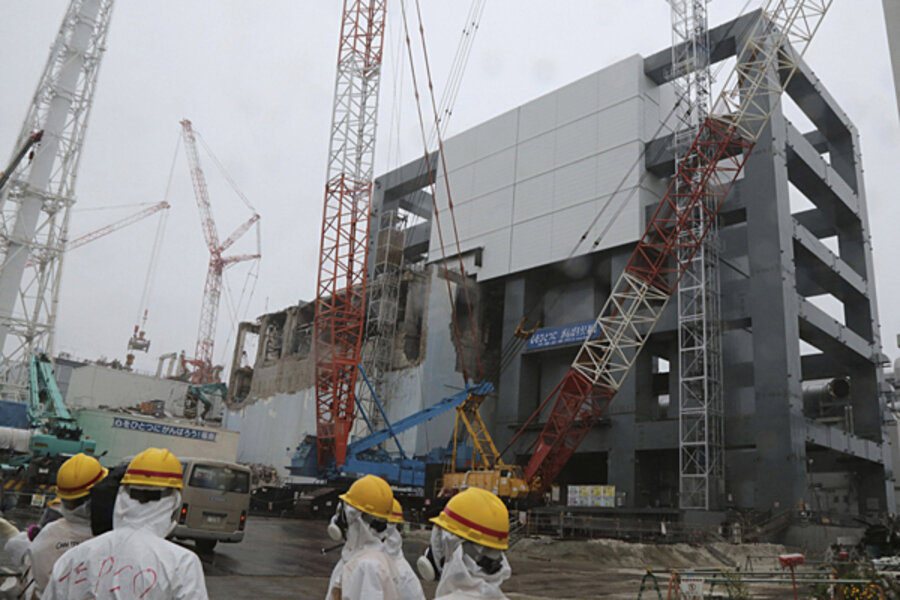Two years after Fukushima, Japan eyes return to nuclear power
Loading...
It has been two years since the earthquake and tsunami struck Japan causing the meltdown at the nuclear power plant in Fukushima, and all but two of the country’s 50 working nuclear reactors are actually operational; the rest shut down and refused permission to start up again.
Finally, last week new safety regulations were introduced that offer a path to allow energy companies to resume the operation of their idle reactors. Five companies quickly submitted their applications for permission to restart 12 reactors, and with the pro-nuclear Liberal Democratic Party expected to tighten its grip on the government in next week’s parliamentary elections, it may be long before Japan fully embraces nuclear power once again.
At the time of the Fukushima accident nuclear power generated 30% of Japan’s electricity and plans were in place to boost that to 50%. After the accident and the closing down of the nation’s nuclear industry utilities were forced to increase imports of coal, natural gas, and oil in order to supply fuel for fossil fuel power plants, which were run at high capacity, in an effort to meet the country’s energy demand. (Related article: Chernobyl at Sea? Russia Building Floating Nuclear Power Plants)
Unfortunately increased imports have meant that energy is far more expensive, and Japan’s economy does not seem able to survive for much longer living in such a manner. Masakazu Toyoda, the chairman of the Institute of Energy Economics in Japan, has admitted that “I think that we cannot survive without nuclear,” but suggests that “we don’t have to have 50 percent, but 20 or 25 percent might be necessary.”
Before any applications are approved the Nuclear Regulation Authority (NRA), the regulation authority that was established after Fukushima due to the public distrust of previous agencies that had failed to adequately regulate the nuclear power industry, will survey each reactor in order to determine its defence against meltdowns.
The assessment of the reactors will not be a quick job, meaning that Japan is unlikely to have a booming nuclear industry any time soon. Keigo Akimoto, an analyst at the Research Institute of Innovative Technology for the Earth, explained that “the NRA has only three teams to do the checks of nuclear power plants, and a team will need at minimum two months to do a check of a single power plant.
After this summer, in September or October, maybe three nuclear power plants will restart, and then three more, at two-month intervals;” and that is assuming the reactors pass.
Original article: http://oilprice.com/Latest-Energy-News/World-News/New-Safety-Regulations-Clear-Way-to-Restart-Japans-Nuclear-Power-Plants.html





